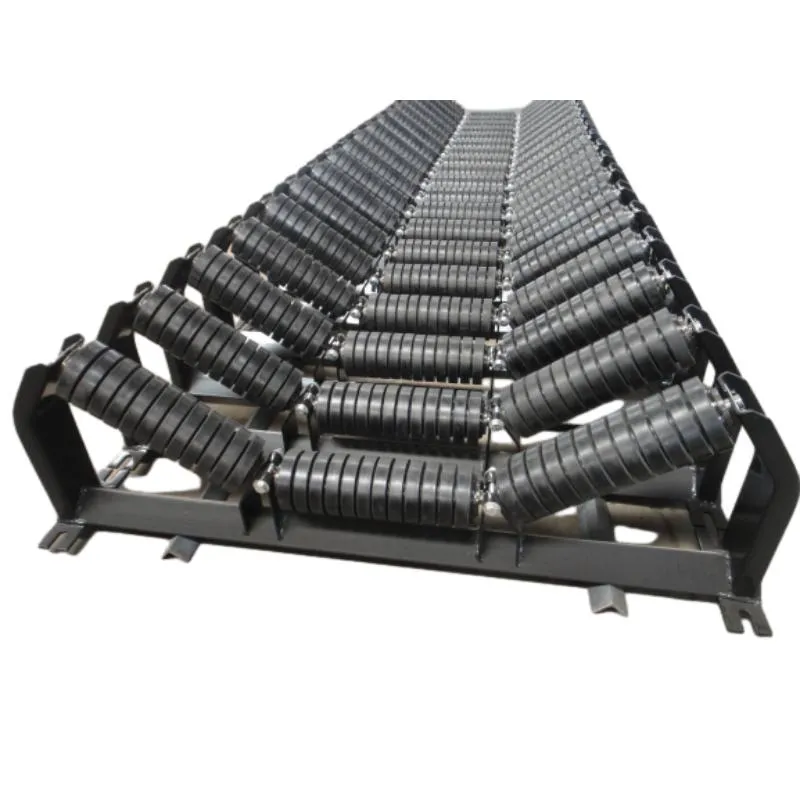 Afrikaans
Afrikaans  Albanian
Albanian  Amharic
Amharic  Arabic
Arabic  Armenian
Armenian  Azerbaijani
Azerbaijani  Basque
Basque  Belarusian
Belarusian  Bengali
Bengali  Bosnian
Bosnian  Bulgarian
Bulgarian  Catalan
Catalan  Cebuano
Cebuano  Corsican
Corsican  Croatian
Croatian  Czech
Czech  Danish
Danish  Dutch
Dutch  English
English  Esperanto
Esperanto  Estonian
Estonian  Finnish
Finnish  French
French  Frisian
Frisian  Galician
Galician  Georgian
Georgian  German
German  Greek
Greek  Gujarati
Gujarati  Haitian Creole
Haitian Creole  hausa
hausa  hawaiian
hawaiian  Hebrew
Hebrew  Hindi
Hindi  Miao
Miao  Hungarian
Hungarian  Icelandic
Icelandic  igbo
igbo  Indonesian
Indonesian  irish
irish  Italian
Italian  Japanese
Japanese  Javanese
Javanese  Kannada
Kannada  kazakh
kazakh  Khmer
Khmer  Rwandese
Rwandese  Korean
Korean  Kurdish
Kurdish  Kyrgyz
Kyrgyz  Lao
Lao  Latin
Latin  Latvian
Latvian  Lithuanian
Lithuanian  Luxembourgish
Luxembourgish  Macedonian
Macedonian  Malgashi
Malgashi  Malay
Malay  Malayalam
Malayalam  Maltese
Maltese  Maori
Maori  Marathi
Marathi  Mongolian
Mongolian  Myanmar
Myanmar  Nepali
Nepali  Norwegian
Norwegian  Norwegian
Norwegian  Occitan
Occitan  Pashto
Pashto  Persian
Persian  Polish
Polish  Portuguese
Portuguese  Punjabi
Punjabi  Romanian
Romanian  Russian
Russian  Samoan
Samoan  Scottish Gaelic
Scottish Gaelic  Serbian
Serbian  Sesotho
Sesotho  Shona
Shona  Sindhi
Sindhi  Sinhala
Sinhala  Slovak
Slovak  Slovenian
Slovenian  Somali
Somali  Spanish
Spanish  Sundanese
Sundanese  Swahili
Swahili  Swedish
Swedish  Tagalog
Tagalog  Tajik
Tajik  Tamil
Tamil  Tatar
Tatar  Telugu
Telugu  Thai
Thai  Turkish
Turkish  Turkmen
Turkmen  Ukrainian
Ukrainian  Urdu
Urdu  Uighur
Uighur  Uzbek
Uzbek  Vietnamese
Vietnamese  Welsh
Welsh  Bantu
Bantu  Yiddish
Yiddish  Yoruba
Yoruba  Zulu
Zulu Types and Functions of Idlers in Belt Conveyor Systems Explained
Types of Idlers in Belt Conveyors
Belt conveyors are widely used in various industries for transporting materials due to their efficiency and versatility. A critical component of these systems is the idler, which plays a vital role in the functionality and performance of a conveyor. Idlers are used to support the conveyor belt as it moves, ensuring a smooth and stable operation. This article explores the different types of idlers commonly used in belt conveyors, each serving specific purposes and contributing to the overall efficiency of the system.
1. Flat Idlers
Flat idlers are the most common type of idlers used in belt conveyors. Their design features a flat surface that provides a stable platform for the conveyor belt. This type of idler helps to maintain the belt's shape and alignment while minimizing friction. Flat idlers are typically used in applications with lighter loads or where the conveyor operates at a relatively low speed. They are relatively simple to install and maintain, making them a popular choice in various industries.
2. Carrying Idlers
Carrying idlers, also known as support idlers, are specifically designed to support the weight of the conveyor belt and the material being transported. These idlers are typically found in the troughing configuration, which helps to create a concave surface to cradle the belt and materials. The carrying idler is essential in loading zones where the bulk material is placed onto the belt. By distributing the load evenly across the belt, carrying idlers help prevent excessive wear and damage, thus enhancing the longevity of the conveyor system.
Return idlers are located on the return side of the conveyor system, where the belt returns to the loading point after discharging material. Their primary function is to support the empty belt, maintaining its shape and alignment as it moves back. Return idlers typically have a flat design and may also feature rubber rollers to reduce friction. Properly functioning return idlers are essential for preventing misalignment and reducing wear on the conveyor belt.
types of idler in belt conveyor

4. Impact Idlers
Impact idlers are specially designed to absorb shocks and impacts that occur when material is loaded onto the conveyor belt. These idlers feature additional cushioning, often incorporating rubber or flexible materials, which help to minimize the transfer of impact forces. They are typically used in loading areas or locations where the material is dropped onto the belt. By using impact idlers, operators can significantly reduce the risk of belt damage and extend the lifespan of both the belt and the conveyor.
5. Training Idlers
Training idlers, also known as self-aligning idlers, are designed to help maintain the alignment of the conveyor belt during operation. They are equipped with a pivoting mechanism that allows them to adjust their angle as the belt moves. Improper alignment can lead to increased wear and tear on the belt and other components. Training idlers work by correcting any misalignments automatically, ensuring that the belt stays on track and operates efficiently.
6. Specialty Idlers
Beyond these common types, various specialty idlers exist to meet specific operational requirements. These may include idlers designed for high-temperature applications, corrosion-resistant materials for harsh environments, or idlers specifically engineered for larger or heavier loads. The choice of specialty idlers can be crucial in industries such as mining, bulk material handling, and food processing, where unique challenges must be addressed.
Conclusion
Idlers play an integral role in the performance and efficiency of belt conveyors. Understanding the different types of idlers—such as flat idlers, carrying idlers, return idlers, impact idlers, training idlers, and specialty idlers—allows operators to select the right components for their specific applications. By doing so, they can enhance the operational efficiency of their conveyor systems, reduce maintenance costs, and extend the lifespan of the equipment. Effective management of idler systems can significantly influence the overall productivity of material handling processes across various industries.
-
Revolutionizing Conveyor Reliability with Advanced Rubber Lagging PulleysNewsJul.22,2025
-
Powering Precision and Durability with Expert Manufacturers of Conveyor ComponentsNewsJul.22,2025
-
Optimizing Conveyor Systems with Advanced Conveyor AccessoriesNewsJul.22,2025
-
Maximize Conveyor Efficiency with Quality Conveyor Idler PulleysNewsJul.22,2025
-
Future-Proof Your Conveyor System with High-Performance Polyurethane RollerNewsJul.22,2025
-
Driving Efficiency Forward with Quality Idlers and RollersNewsJul.22,2025





























